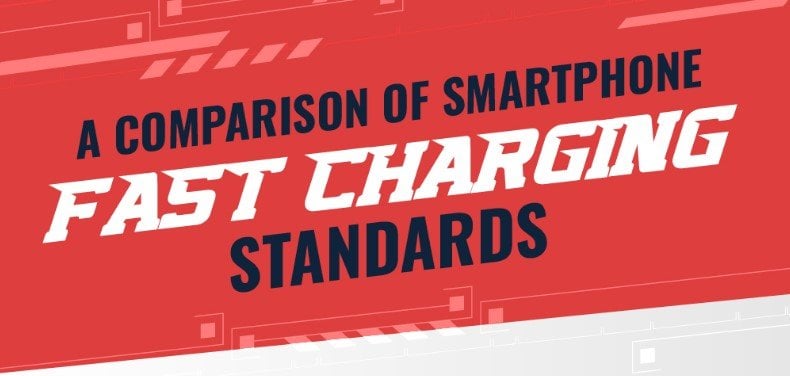The smartphone revolution took over the world with the release of Apple’s iPhone. From that point onwards, smartphones slowly and gradually became an indispensable part of our lives. With tremendous growth, the smartphone industry led by major companies such as Samsung, Apple, Huawei and Xiaomi has become one of the biggest industries in the world.
Q2 hedge fund letters, conference, scoops etc
Growing demands has led to increased screen size, bigger storage, and more processing power for the phones. With so much increase it is no surprise to see increasing capacities of the batteries. With that demand in mind, companies switched up their ways and improved their chargers and the capacities of their batteries as a whole.
The fast charging standards end up confusing many smartphone users. With many flagships in the market, the world has already witnessed fast charging and is familiar with the concept of fast charging. There are many standards available and picking the best one from the lot is always tough for a new buyer.
But, what is the fastest charger on the market today and what are the actual specs? Folks at Hometop have come up with an infographic that gives out all the details about fast charging standards which not just tells you more about each standard but ultimately answers the question about which is the fastest.
Quick Charge, one of the first ever fast charging standards was available way back in 2013. However, much has changed in the years that have followed. In a span of only 5 years, the world of smartphones has witnessed many tweaks to the Qualcomm Quick Charge standards which is not widely available.
As per the masses, OnePlus’ Dash Charging technology is considered one of the best fast charging technologies in today’s time. But in all honesty that is not the case. Huawei’s Super Charge beats Dash Charging and gives more advantages to the user.
OnePlus, being one of the closest competitors to Huawei’s Supercharge makes use of its proprietary Dash Charging to fuel up your smartphone quickly and give you a battery backup that lasts a day. The working of the Dash charge differs from various other kinds of charging as it does not make use of a higher voltage to fuel your phone. Using higher voltage is a part of the fast charging process and is used by many big names in the industry. However, there is a drawback to such chargers. Since these charges make use of higher voltage, they tend to heat up your phone. As for OnePlus’ Dash Charge, it makes use of higher currents, which does not heat your phone up. This similar process is followed on the Huawei Super Charge which charges at a slightly higher amperage than the Dash Charger.
Little did we know that Huawei’s Supercharge offers a better and sweeter deal when it comes to fast charging. What's really good about, Super Charge is that the charger is compatible with Qualcomm Quick Charge, unlike Dash Charging which is more of a walled garden. This technology can be found only in the Huawei P20, P20 Pro, and Honor's View 10 and 10 series phones launched by the company.
When compared to other brands and their charges, Huawei Supercharge beats OnePlus’ Dash Charging. Huawei gives you a full battery charge within 73 minutes while OnePlus takes 80 minutes.
Considering the time taken to charge smartphones, Huawei Supercharge is unquestionably better than OnePlus’ Dash Charging. So do check out the infographic and let us know your thoughts on eh fastest and slowest charging standards.
Infographic Source







